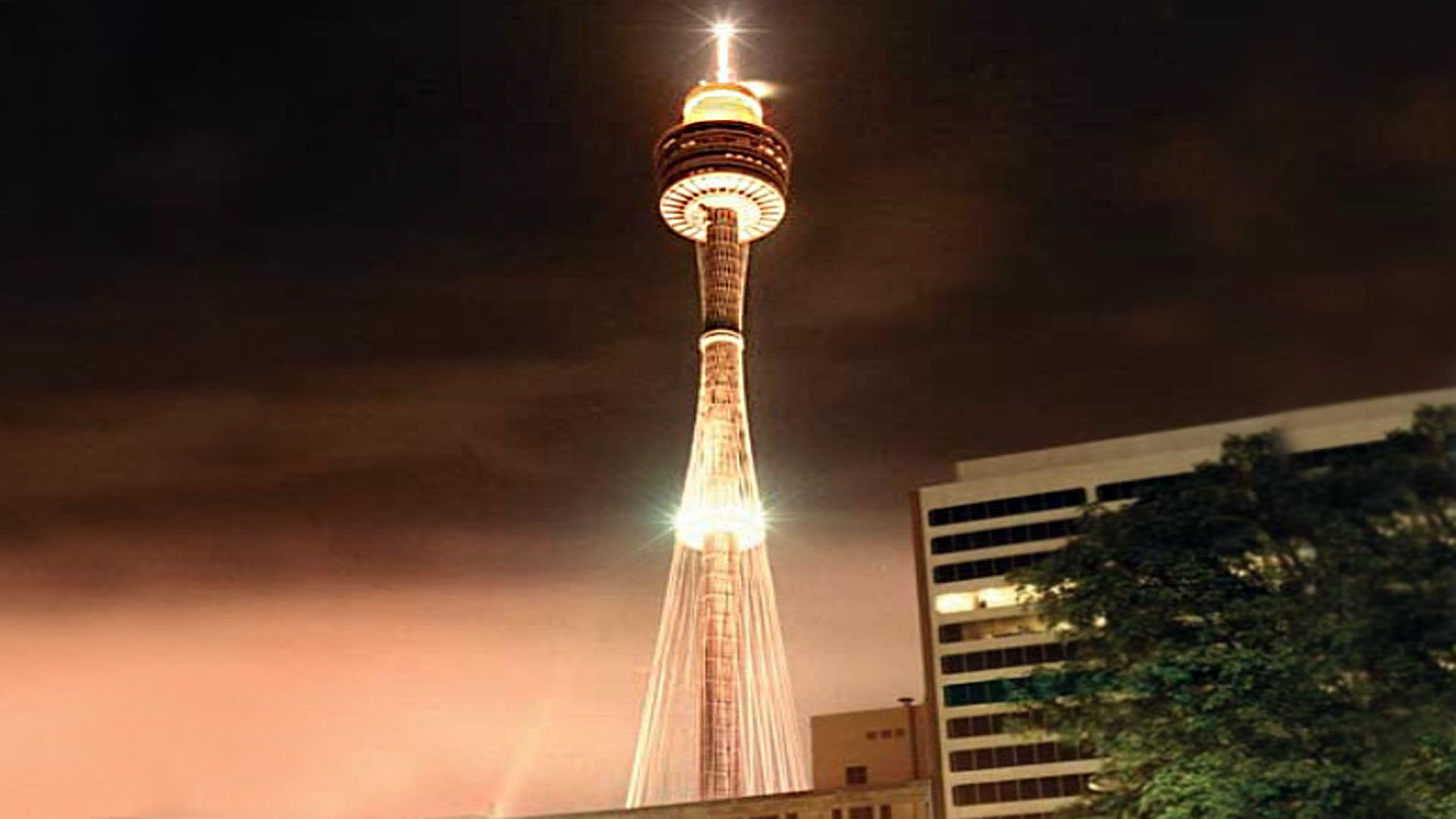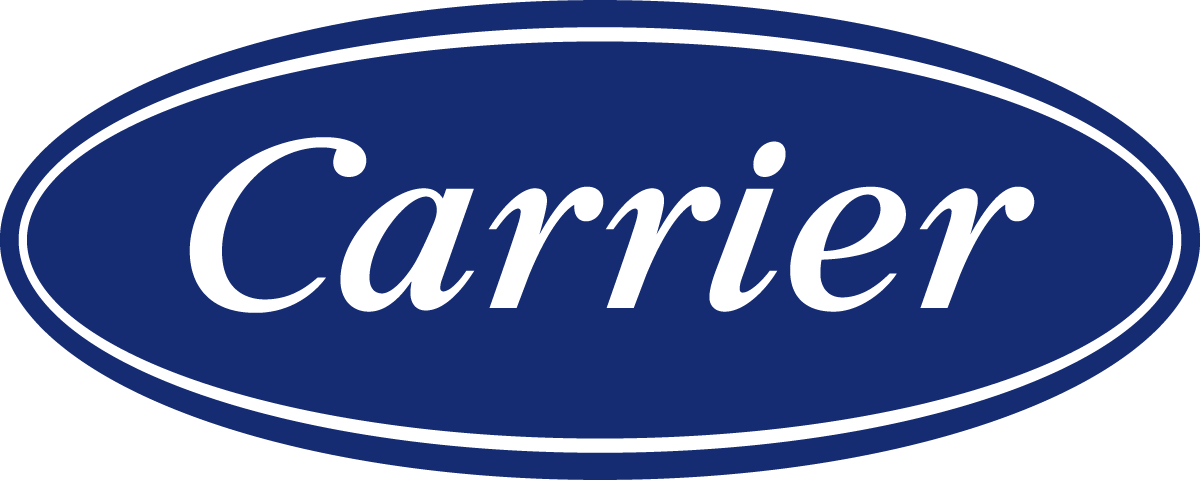Beginning in the early 1980s Carrier launched a dual globalization strategy. The company acquired leading air-conditioning manufacturers and brands around the world, adding Delchi (Italy) and Springer (Brazil) in 1983, Daewoo (South Korea) in 1985, Interclisa (Spain) in 1986 and Miraco (Egypt) in 1992.
In parallel, the company completed a series of distributor acquisitions, joint ventures and greenfield initiatives that dramatically broadened its global footprint. By 1993 Carrier had more than doubled its revenue to $4.5 billion.
At the same time, technology created exciting new opportunities. In 1981 United Technologies (UTC) combined Carrier and Otis with a new Building Automation subsidiary to form the Building Systems Sector, designed to create a unified package approach to the building industry.
The new subsidiary was soon awarded a contract to develop an energy management system for the Experimental Prototype Community of Tomorrow (EPCOT) at Disney World in Florida. In 1983, a 38-story office center called Cityplace opened in Hartford, the largest commercial structure in Connecticut and, thanks to the Building Systems Sector, “the world’s first intelligent building.” All services were orchestrated by a computer system and linked by a fiber-optic network. Other intelligent buildings served by Carrier were Tower 49 in New York City and the LTV Center in Dallas.
In 1983, Carrier returned to Disney, but this time in Japan, providing much of the air conditioning for Tokyo Disneyland.
Carrier also continued its commitment to historical preservation. In 1981, the company installed heat pumps in the beautiful Abbey of St. Pierre de Solesmes, a monastery of the Benedictine Order in western France. In June 1984, H.R.H. Queen Beatrix officially opened the renovated public museum at Palace Het Loo in Apeldoom, Netherlands where the Dutch royal family lived and worked for 300 years. Carrier protected 93,000 square meters of space containing paintings, antique furniture, porcelain and tapestries.





